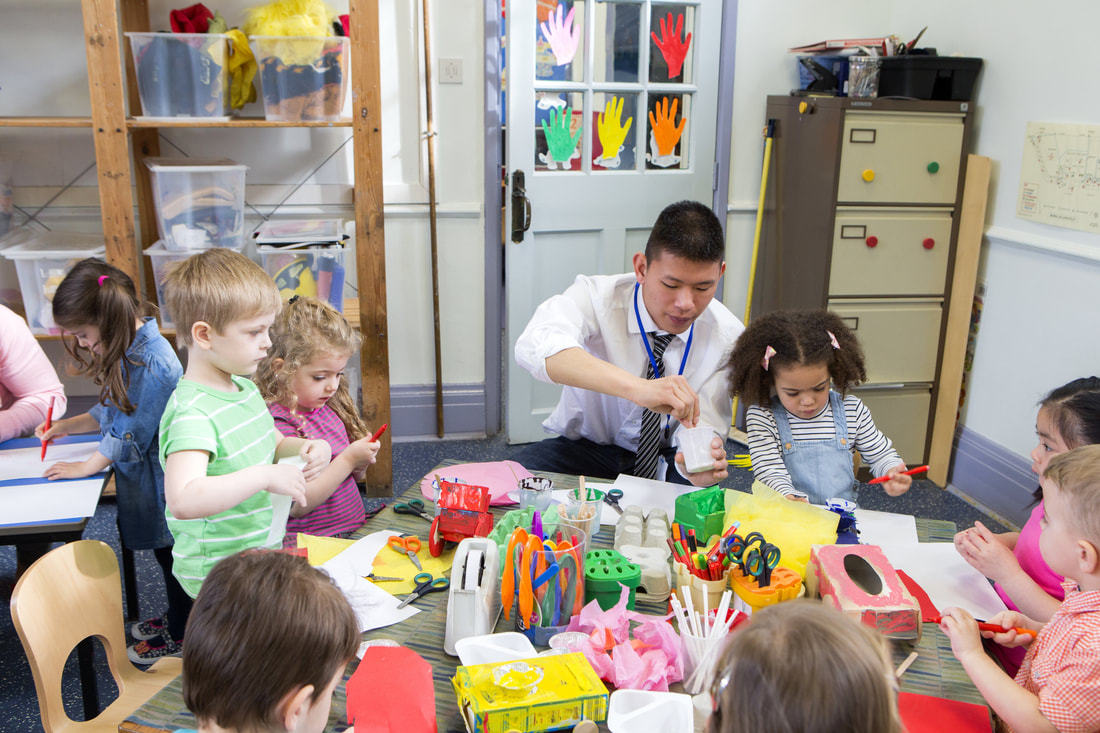Setting Routines and Schedules |
Page 5 |
|
As much as children may not admit it, they prefer routines and structure. While they may seem perfectly content to go about their days willy-nilly, the framework of routines and schedules creates a pattern of predictability that eases anxiety and apprehension. While creating a routine or schedule for your classroom is actually shifting the control in favor of the teacher, children feel some control or ownership over their day as well when they know what will be happening and when. Infants and toddlers especially thrive on routine and benefit from the predictability of events such as nap time and feeding time. These are some of the things that make a daily routine or schedule very important.
|
Have you ever been in a classroom that seemed to be out of control? Or maybe everything was running smoothly until a last minute change in schedule sent the students into a fit of confusion? This is evidence that schedules are vital to the operation of a classroom.
Some of the benefits of routines or schedules are:
- Helps children develop close relationships with parents and caregivers. Knowing who is caring for them and when helps to create an opportunity for the development of a close relationship. Infants especially build trust with caregivers and adapt to changes faster.
- Gives children of all ages a sense of belonging by feeling safe and supported in certain places with certain people at normal intervals.
- Allows for the development of time management skills that develop through maturation.
- Supports healthy habits such as tooth brushing and toileting.
Breaks
Routines and schedules are important, but there is some wiggle room. It is quite alright to have an impromptu discussion about something that your group is curious about. It is also completely acceptable to take a quick break when you notice that students are becoming overwhelmed or losing focus.
Some ideas for breaks:
- Invite students to stand up and have a quick session of head, shoulders, knees, and toes.
- Put on a fun children’s song and let them dance! Depending upon the group, you can even coordinate a dance for a break. There are also countless websites for classroom dance breaks which provide videos to teach dances.
- Stretch. Teach students some helpful stretches, or yoga.
- Shake the sillies out! Let children shake and wiggle their sillies out. Help toddlers and infants to wriggle and move around!
- Take a walk outside or through the halls.
- Give infants a chance to explore independently with adult supervision. Crawling, rolling, or even just lying down for a minute may be a welcome break.
- Let toddlers get some of their wound up energy out by taking a quick run outside or playing a game of "red light, green light."



